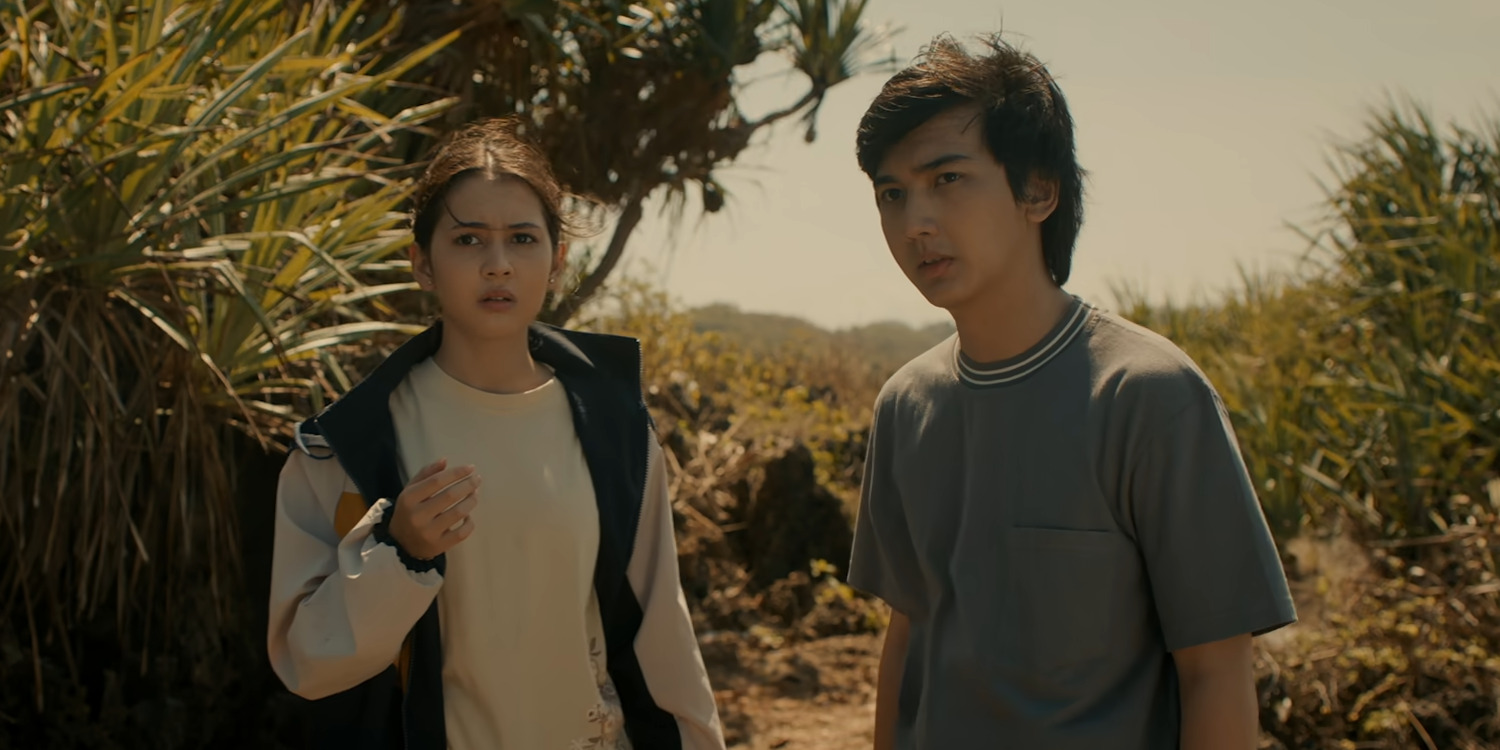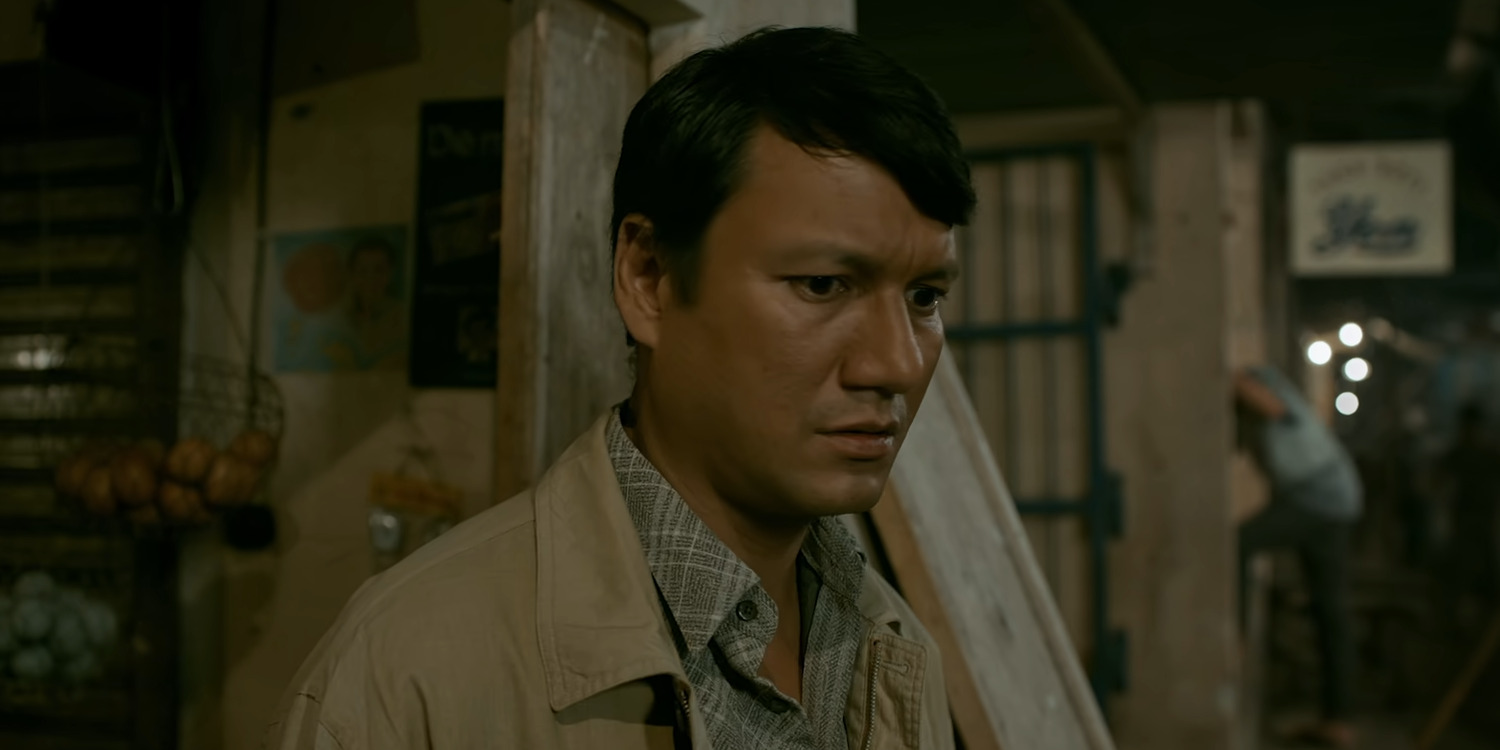Directed by Tommy Dewo, ‘Curse of the Seven Seas’ (originally known as ‘Santet Segoro Pitu’) is an Indonesian horror film exploring a nefarious curse’s effects on a merchant’s family. The film centers around Ardi, a young boy who can look past reality and regularly encounters astral apparitions of evil spirits. Although he has learned to live with this ability, it offers him a unique edge when his father, Sucipto, unwittingly encounters a cursed talisman. The unidentifiable package ends up bringing sickness and ruin to Sucipto’s family, sent by an unknown ill-wisher. Thus, Ardi must rely on his sixth sense and undertake an expedition with his younger sister, Syifa, to save his family from a cruel demise.
The Netflix film operates within a supernatural narrative from the get-go. Even so, the domestic and easy acceptance of curses and black magic within the small town helps the story stay grounded. However, does this world of demonic creatures and shamans have any firm connection to reality?
Curse of the Seven Seas Takes Some Inspiration From Reality
Tommy Dewo’s ‘Curse of the Seven Seas’ sports an outlandish narrative where evil spirits and talismans perpetually drive the narrative forward. Even though black magic as a concept has existed in numerous countries and cultures for ages, the film’s direct approach to it cements its storyline as a work of fiction. Still, the origins of these fictitious on-screen elements aren’t entirely fabricated. Initially, Dewo was inspired to create Ardi and his family’s story due to the reality of the tumultuous trade market in Indonesia in 1983—the same era in which the movie is set. In 1983, a rapid decrease in oil prices resulted in a global economic downturn. This created several complications worldwide, including a recession in Indonesia.

As such, widespread economic issues took over the country, creating unemployment and underemployment problems for its citizens. Therefore, Sucipto’s storyline as a merchant who finds incredible success overnight remains deeply intertwined with this real-life event. Thus, the reality of Indonesia’s socio-economical state and an ambiguous real-life event in Semarang during the same year influenced Dewo in the development of the project. Even so, the overarching theme of black magic and demonic haunting overshadows this realistic aspect of Sucipto’s narrative. Most details of the supernatural storyline are fictionalized by Betz Illustration and Riheam Junianti, who worked on the script.
Yet, even the spiritual aspect of the film finds some inspiration in reality. The central antagonist within the story is a demonic creature who is called upon by a high-level shaman and dark magic practitioner. This creature, Suanggi, is actually modeled after a real-life spirit from the folklore of Eastern Indonesia. There are varied and diverse accounts of Suanggi, depending on the local or regional beliefs. However, the most well-known folklore paints them as malevolent spirits who bring curses of sickness to their targets.

When not interpreted as evil spirits, Suanggi—also known as Gua, Menaka, and Polo—are often regarded as witches or vampires who kill people and eat their livers. As such, Dewo’s Suanggi creature, a demonic being with horns, claws, and only half of a human’s body, evidently maintains many similarities to this actual folklore spirit. This ensures that even the uncanny, spiritual aspect of the film retains some connections to reality. Consequently, a sense of realism shrouds the more black-magic-centric aspects of the narrative, further accentuating its horror factor.
Alternatively, the base premise of finding one’s family in the grasp of a life-ending curse offers its own relatability. Throughout the story, the audience follows young Ardi as he’s forced to confront unpredictable forces of evil for the safety of his family. As a result, his hero’s journey remains intrinsically relatable and universally resonant. For the same reason, the audience can see themselves in the protagonist and his unique situation. Nonetheless, the details of this supernaturally spooky situation hold no direct counterparts in reality. Instead, it farms a sense of realism through an authentic period setting and incorporation of local folklore.
Read More: Curse of the Seven Seas Ending, Explained


